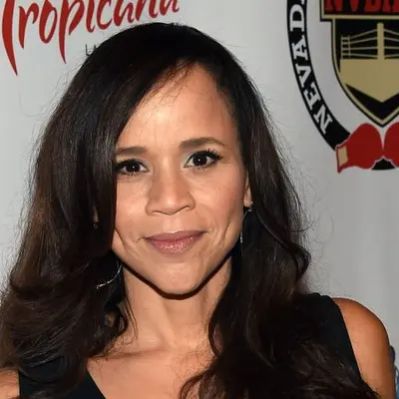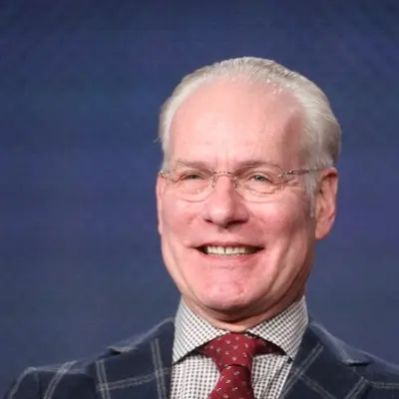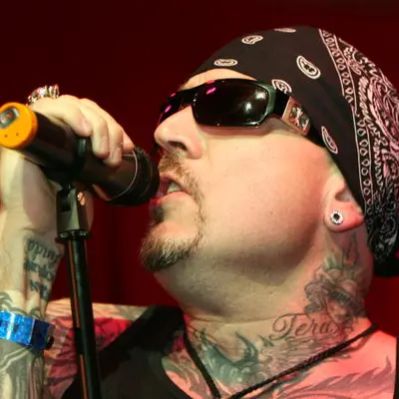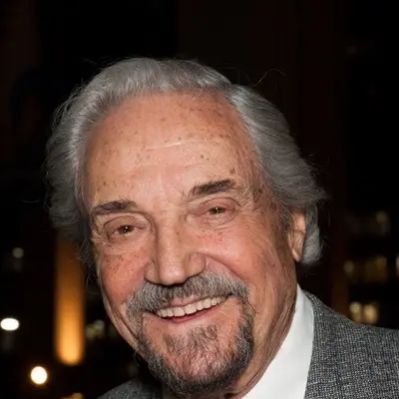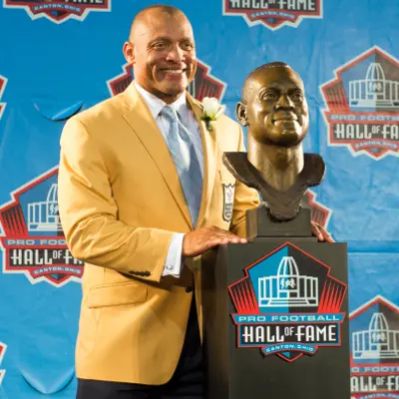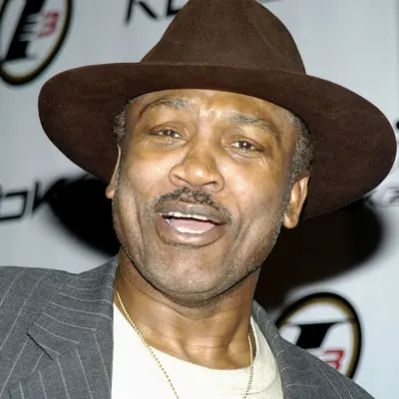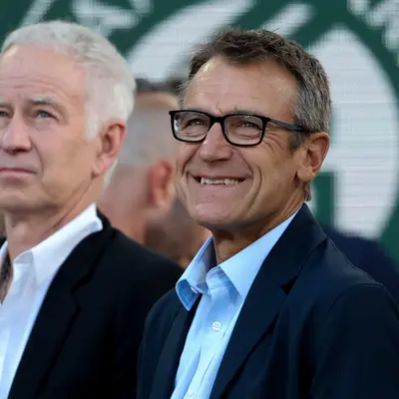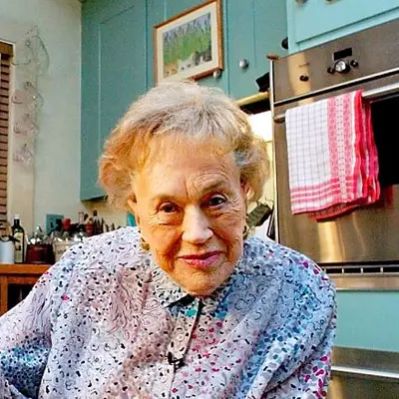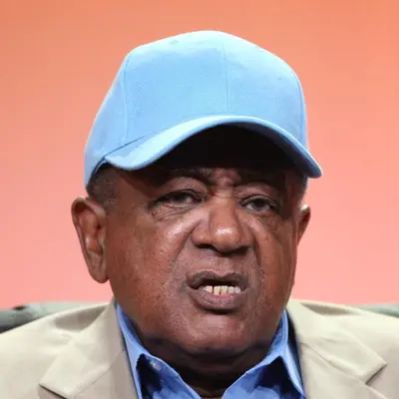What Was Robert Evans’ Net Worth?
Robert Evans, a prominent figure in the American entertainment industry as an actor, producer, author, and studio executive, possessed a considerable net worth estimated at $50 million at the time of his passing in October 2019. This substantial net worth was accumulated over a career that spanned almost six decades and included roles in front of and behind the camera.
Robert Evans’ Rise at Paramount and Career Highlights
Evans’s influence on Paramount Studios during the late 1960s and 1970s was transformative. As a producer, he oversaw the creation of several critically acclaimed and commercially successful films. Among the productions he spearheaded were “Barefoot in the Park” (1967), a romantic comedy starring Robert Redford and Jane Fonda; “Rosemary’s Baby” (1968), a horror classic directed by Roman Polanski; “The Godfather” (1972), a crime epic directed by Francis Ford Coppola; and “The Great Gatsby” (1974), an adaptation of F. Scott Fitzgerald’s novel. The impact of these films on Paramount’s financial standing and reputation was significant, contributing substantially to Robert Evans’net worth. “Chinatown” (1974) marked another high point in Evans’ career, earning him an Academy Award nomination for Best Picture. The success of “Chinatown” led Evans to leave his position as Paramount’s head of production to focus on Robert Evans Productions.
Beyond his work at Paramount, Robert Evans continued to produce films through his own company, Robert Evans Productions. These films included “Marathon Man” (1976), a thriller directed by John Schlesinger; “Black Sunday” (1977), an action thriller directed by John Frankenheimer; “Urban Cowboy” (1980), a romantic drama directed by James Bridges; and “The Cotton Club” (1984), a musical crime drama directed by Francis Ford Coppola. While exact figures for Evans’ earnings from these productions are not publicly available, their box office success and critical acclaim undoubtedly added to his net worth.
Evans also ventured into television, creating, executive producing, and voicing himself in the animated Comedy Central series “Kid Notorious” (2003). Though specific details regarding his earnings from this project are not available, his involvement in its creation and production likely contributed to his overall financial success. His role as an actor was much smaller but still contributed to his earnings; films included “The Sun Also Rises” (1957), “The Best of Everything” (1959), and “Cannes Man” (1996). His career was launched in November 1956 after being spotted by Canadian actress Norma Shearer next to The Beverly Hills Hotel pool. Norma recommended Robert for the role of her late husband, Irving Thalberg, in 1957’s “Man of a Thousand Faces.”
Early Career and Rise to Prominence
Robert Evans, born Robert J. Shapera on June 29, 1930, began his career in the entertainment industry as an actor. Before stepping into film, Evans gained experience in radio, performing in an estimated 300+ radio shows before the age of 18. Robert did promotional work for the fashion company Evan-Picone, founded by his older brother Charles. Though he aspired to be a producer, his career trajectory shifted when actress Norma Shearer recognized him near The Beverly Hills Hotel and recommended him for the role of Irving Thalberg, her late husband, in the 1957 film “Man of a Thousand Faces.” The role paid an estimated $10,000, a sizable amount for a young actor at the time.
Evans’s early acting roles included appearances in “Lydia Bailey” (1952) and “The Egyptian” (1954) before his breakthrough role in “Man of a Thousand Faces.” He subsequently appeared in “The Sun Also Rises” (1957), “The Fiend Who Walked the West” (1958), and “The Best of Everything” (1959). However, Evans’s ambition lay in production, leading him to acquire the rights to Roderick Thorp’s novel “The Detective” and transform it into a neo-noir film in 1968. This move caught the attention of Charles Bluhdorn, the head of the company that owned Paramount, who appointed Evans as the movie studio’s head of production. At the time, Paramount was the ninth-largest studio. Evans’s leadership and production choices played a crucial role in elevating it to Hollywood’s most successful studio, leading to increased financial opportunities and boosting his net worth.
During his tenure as Paramount’s head of production, the studio released a string of commercially successful and critically acclaimed films, including “Barefoot in the Park” (1967), “The Odd Couple” (1968), “Rosemary’s Baby” (1968), “The Italian Job” (1969), “True Grit” (1969), “Love Story” (1970), “Plaza Suite” (1971), “Harold and Maude” (1971), “The Godfather” (1972), “Serpico” (1973), and “The Great Gatsby” (1974). Exact financial details regarding Evans’s compensation during his time as head of production are not publicly available, but it can be reasonably assumed that he earned a substantial salary and bonuses based on the studio’s success. His skill for identifying profitable films and producing them well drove his success.
Later Career and Notable Productions
After leaving his position as Paramount’s head of production, Evans continued to produce films through his own company, Robert Evans Productions, which remained under contract with Paramount until 2019. This arrangement allowed him to pursue independent projects while still benefiting from the studio’s resources and distribution network. Among the films he produced during this period were “Marathon Man” (1976), “Black Sunday” (1977), “Urban Cowboy” (1980), “The Cotton Club” (1984), “Sliver” (1993), “The Saint” (1997), and “The Out-of-Towners” (1999). While specific financial details regarding Evans’s earnings from these productions are not readily accessible, their commercial performance and critical reception would have contributed to his income and overall net worth.
In the 1990s, Evans made appearances in the films “Cannes Man” (1996) and “An Alan Smithee Film: Burn Hollywood Burn” (1997), and in 2000, he guest-starred on “Just Shoot Me!” and lent his voice to an episode of “The Simpsons.” These appearances, though relatively minor, added to his income and kept him in the public eye. Evans also created the animated series “Kid Notorious” (2003), which aired on Comedy Central and garnered a Satellite Award nomination for Best Television Series, Comedy or Musical. His involvement in this project further diversified his income streams. His final film as a producer was the 2003 romantic comedy “How to Lose a Guy in 10 Days,” which grossed $177.5 million at the box office.
Personal Life and Real Estate
Robert Evans’s personal life was marked by a series of marriages and personal challenges. He was married seven times between 1961 and 2005. His wives included Sharon Hugueny (1961-1962), Camilla Sparv (1964-1967), Ali MacGraw (1969-1973), Phyllis George (1977-1978), Catherine Oxenberg (1998, annulled after nine days), Leslie Ann Woodward (2002-2004), and Lady Victoria White (2005-2006). His divorce settlements likely impacted his finances, though specific details are not publicly known.
In 1980, Evans faced legal troubles when he was convicted of cocaine trafficking after pleading guilty to a misdemeanor charge. The incident stemmed from his alleged involvement in a large cocaine buy with his brother, Charles. As part of his plea deal, Evans was required to film an anti-drug commercial. While the financial penalties associated with his conviction are not publicly available, the incident likely had a negative impact on his reputation and career prospects.
One of Robert Evans’s most prized possessions was his Beverly Hills mansion, known as “Woodland.” He acquired the property in the 1960s for $290,000. “Woodland” was more than just a home for Evans; it was a hub for Hollywood’s elite and a symbol of his success and influence. During his ownership, it hosted countless gatherings, parties, and industry events. In the 1980s, following his drug conviction and career setbacks, Evans was forced to sell the mansion. However, he regretted the decision almost immediately and enlisted the help of friends like Jack Nicholson to persuade the buyer to sell it back to him. Nicholson reportedly flew to France to meet the buyer in person and successfully convinced him to sell the home back to Evans.
Evans lived in “Woodland” until his death in October 2019. In January 2020, his estate sold the property to media executive David Zaslav for $16 million. The sale of “Woodland” provided a substantial boost to Evans’ estate and reflects the value he placed on real estate as an investment. In the 1960s, Evans paid $290,000 for a mansion in Beverly Hills, California. The mansion, which he named “Woodland”.
Health Issues and Final Years
In May 1998, Robert Evans suffered a stroke during a dinner party honoring Wes Craven’s birthday. He collapsed and was resuscitated in the ambulance on the way to the hospital. According to reports, Evans suffered three strokes in rapid succession, which caused paralysis on the right side of his face and impaired his ability to speak. Although the strokes were debilitating, Evans was determined to recover and return to producing. With the support of friends and medical professionals, he regained his speech and eventually resumed his career. By 2013, he had limited mobility and used a cane for short walks. These health challenges likely impacted his ability to work and generate income in his later years.
Awards, Recognition, and Net Worth Legacy
Robert Evans received numerous awards and nominations throughout his career. In 1975, he earned an Academy Award nomination for Best Picture for “Chinatown.” He was inducted into the PGA Hall of Fame – Motion Pictures for “Chinatown” in 2000 and received a Lifetime Achievement Award in Motion Pictures at the 2003 PGA Awards. In 1977, he won a David di Donatello Award for Best Foreign Film for “Marathon Man.” Evans also received the Showmanship Award for Motion Picture at the ICG Publicists Awards. His contributions to the film industry were further recognized with a star on the Hollywood Walk of Fame in 2002. The following year, he was honored with the Mary Pickford Award at the Satellite Awards and a Lifetime Achievement Award at the Palm Beach International Film Festival. The enduring recognition of his work has cemented his place as an icon in the film industry, and his work contributed to the total net worth.
Robert Evans’s net worth of $50 million at the time of his death reflects his successful career as a producer, studio executive, and actor. His astute business decisions, coupled with his creative vision, led to the production of numerous commercially successful and critically acclaimed films. While his personal life was marked by challenges and controversies, his professional achievements have left an indelible mark on Hollywood.
 Net Worth Ranker
Net Worth Ranker













